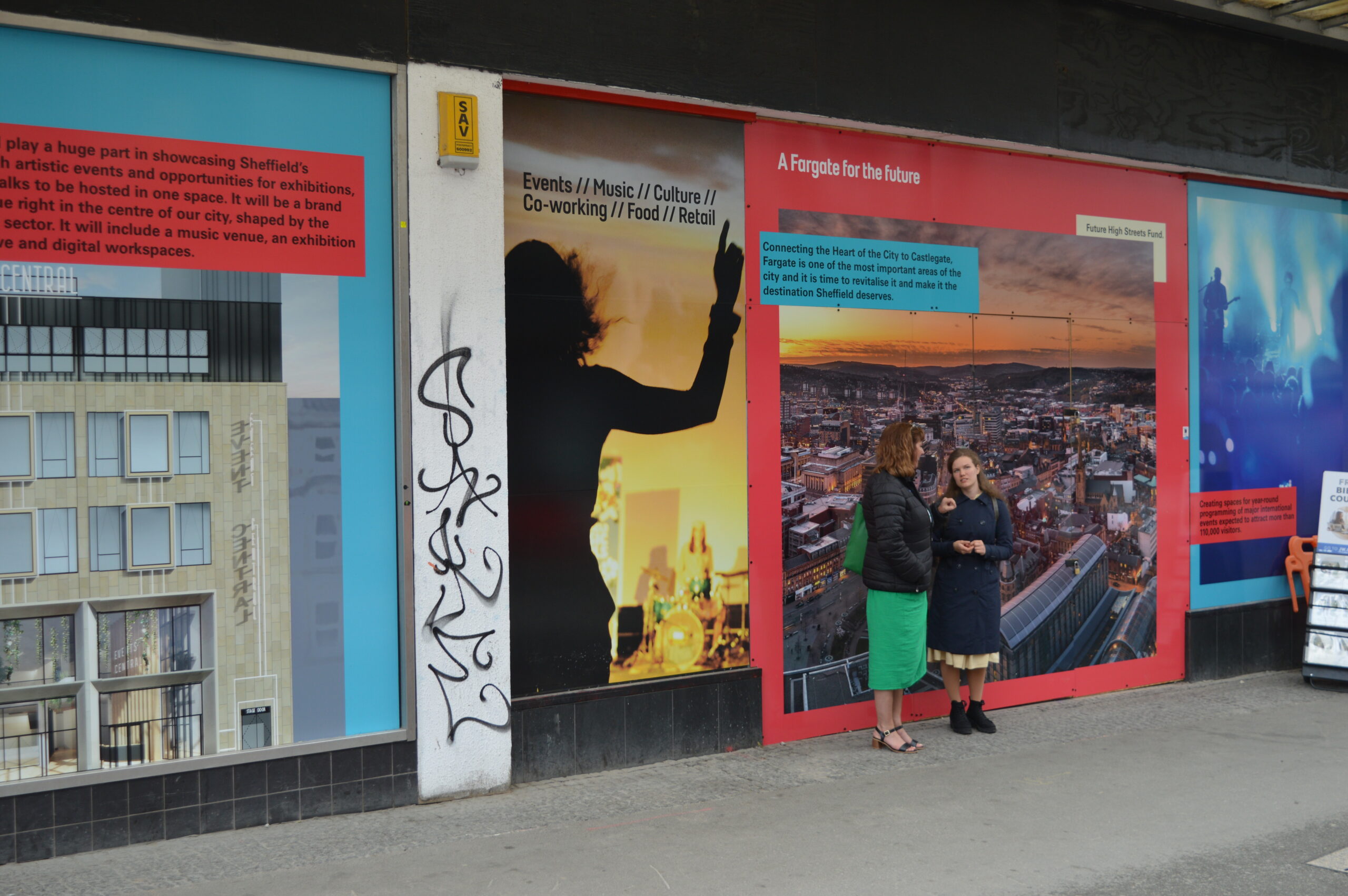According to a recent retail monitor report* the overall UK retail vacancy rate stands at 14.0%, reflecting ongoing challenges for high streets. While retail parks have shown improvement, with vacancy rates dropping to 7.5%, shopping and town centres remain more affected, with a 17.4% vacancy rate.
These figures highlight the need for strategic, data-driven regeneration efforts to ensure long-term success. Understanding where visitors come from, what attracts them, and what services they use is essential for ensuring high streets evolve to meet modern consumer demands. This data can support retailers, hospitality, local councils, and other businesses in identifying visitor patterns, improving customer experience, and maximising the impact of incentives, events, and redevelopment strategies.
Place Informatics, the leading provider of footfall and location visitor behaviour data monitoring in the UK, has uncovered that visitor behaviour insights are the key to regenerating town centres and high streets across the country. While footfall data helps to track performance, deeper insights into visitor behaviour, catchment areas, and spending habits can provide the critical information needed to truly revitalise struggling town centres.
To help fill vacant retail spaces, Place Informatics has identified key strategies to help improve town centre footfall and reduce vacant shops:
1) Identify What Retail and Leisure Is Attracting Visitors- Understanding which shops, cafés, entertainment venues, and leisure activities bring in footfall allows councils and businesses to assess the mix of businesses and tailor tenant strategies for empty shops.
2) Understand Visitor Density, Crowd Movement, and Space Utilisation- along with demographic insights into age groups, income levels, and spending habits. These detailed insights enable a more inclusive and economically sustainable local economy.
3) Benchmark Against Similar Towns – By analysing high streets in comparable towns, decision-makers can identify progress with regeneration tactics. Insights into what attracts visitors elsewhere can inform strategies to replicate success in struggling locations.
4) Attract High-Value Visitors from Known Catchment Areas- Footfall data reveals where visitors travel from, allowing businesses to target affluent postcodes and wealthier individuals with tailored retail, dining, and leisure options that match their preferences.
5) Optimise Marketing and Events to Maximise Footfall – By understanding visitor demographics and travel patterns, councils and businesses can execute highly targeted campaigns, seasonal events, and promotions to attract key customer groups.
6) Enhance Accessibility and Improve Visitor Experience- Understanding visitor flow helps optimise transport links, parking, pedestrian access, and public spaces. These improvements make it easier for people to visit, stay longer, and spend more, strengthening the overall appeal of the high street.
7) Embrace Pop-Ups and Short-Term Leases- Encourage start-ups, independent retailers, and experiential brands to test high-street locations and utilise visitor insights to see how impactful they are at increasing new visitors to centres.
8) Diversify High Street Offerings- Combine retail with services, co-working spaces, entertainment venues, and community hubs to increase foot traffic and dwell time.
9) Enhance Public Spaces and Experiences- Invest in green spaces, pedestrian-friendly zones, and cultural events to create a destination rather than just a shopping street.
Clive Hall, CEO of Place Informatics, commented, “Town Centres and high streets remain vital hubs for local communities. Traditionally, footfall has been the main measure of success, but this alone doesn’t tell the full story. By understanding visitor behaviour and their journeys, businesses and councils can make informed decisions that drive real change.”
Place Informatics is a leading provider of location analytics, offering data-driven insights into visitor behaviour, demographics, spend, and movement patterns. Its solutions support landowners, local authorities, and businesses in optimising safety, resource allocation, and visitor engagement.
To find out more and to see the full report please visit- https://placeinformatics.com/


